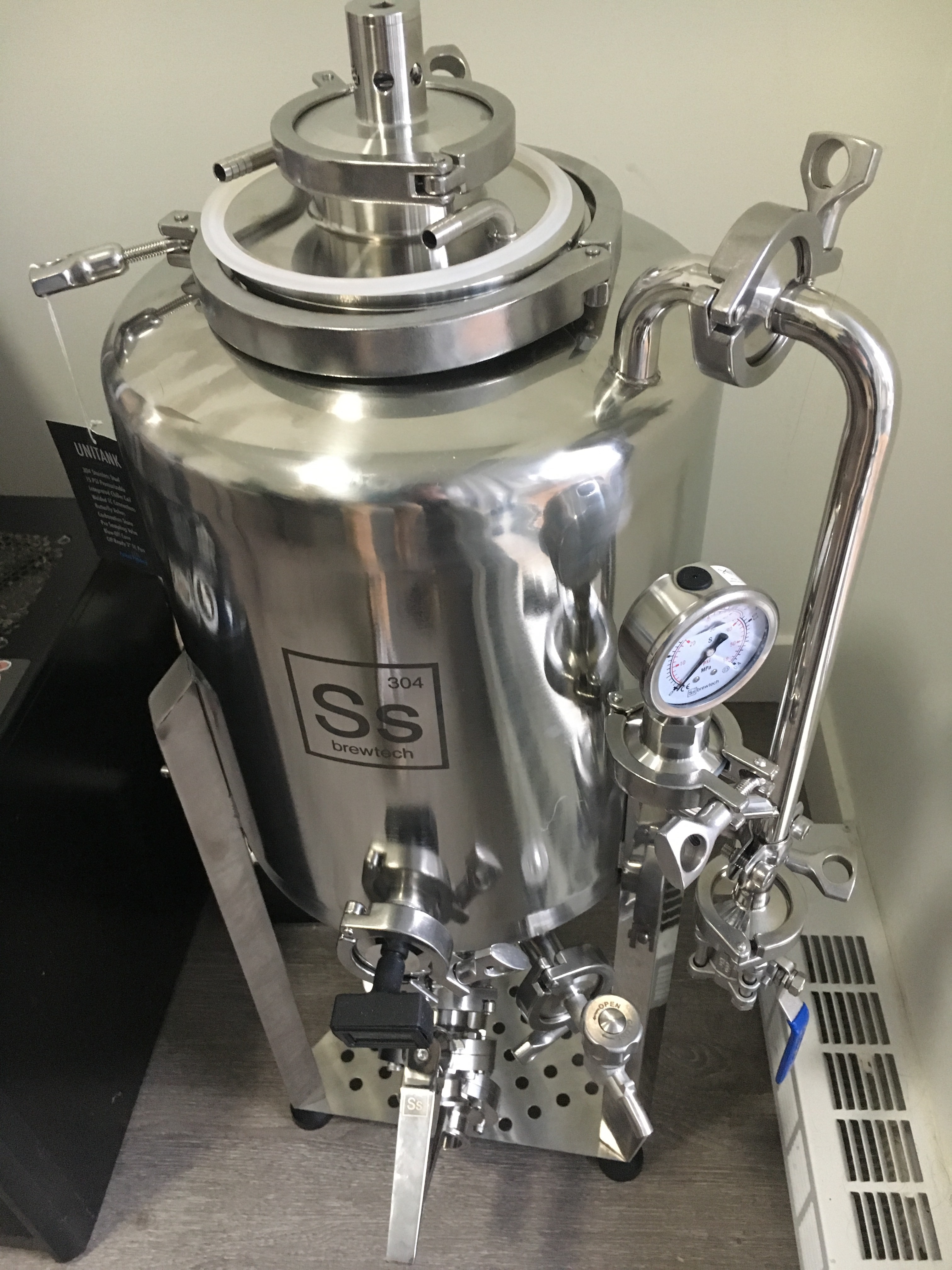I'll chime in. I've written about this technique on HBT before, when I was first trying it, but I've got some more months of evaluation to consider.
First, the top draw systems... They are overall a good thing and I've kept using them. They give you clear beer sooner than a bottom feeding dip tube. However, unlike with a dip tube, which draws off trub and removes it from the keg permanently, this never happens with a top draw system. The trub remains in the beer until it's finished, and you'll deal with it in your final pours - vs. your early pours. It's kind of a wash in that regard.
Second, fermenting and serving from the primary keg. I have done it with 4-5 brews. A couple were great! But I found that with some yeasts, particularly lager strains, these stayed buoyant in the lower area of the keg after even a few months, ultimately compromising the clarity and quality of the beer perhaps 2/3 of the way through. Yuck. And cleaning is definitely more cumbersome; it's like cleaning your fermenter and keg in one go.
Still I think I will select some beers to handle this way, because I do think it results in a very fresh product. You just have to use flocculant yeast for best results.








































![Craft A Brew - Safale BE-256 Yeast - Fermentis - Belgian Ale Dry Yeast - For Belgian & Strong Ales - Ingredients for Home Brewing - Beer Making Supplies - [3 Pack]](https://m.media-amazon.com/images/I/51bcKEwQmWL._SL500_.jpg)

















